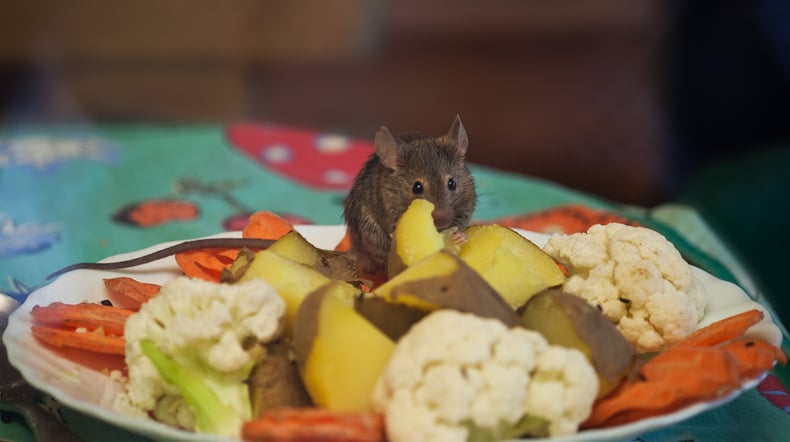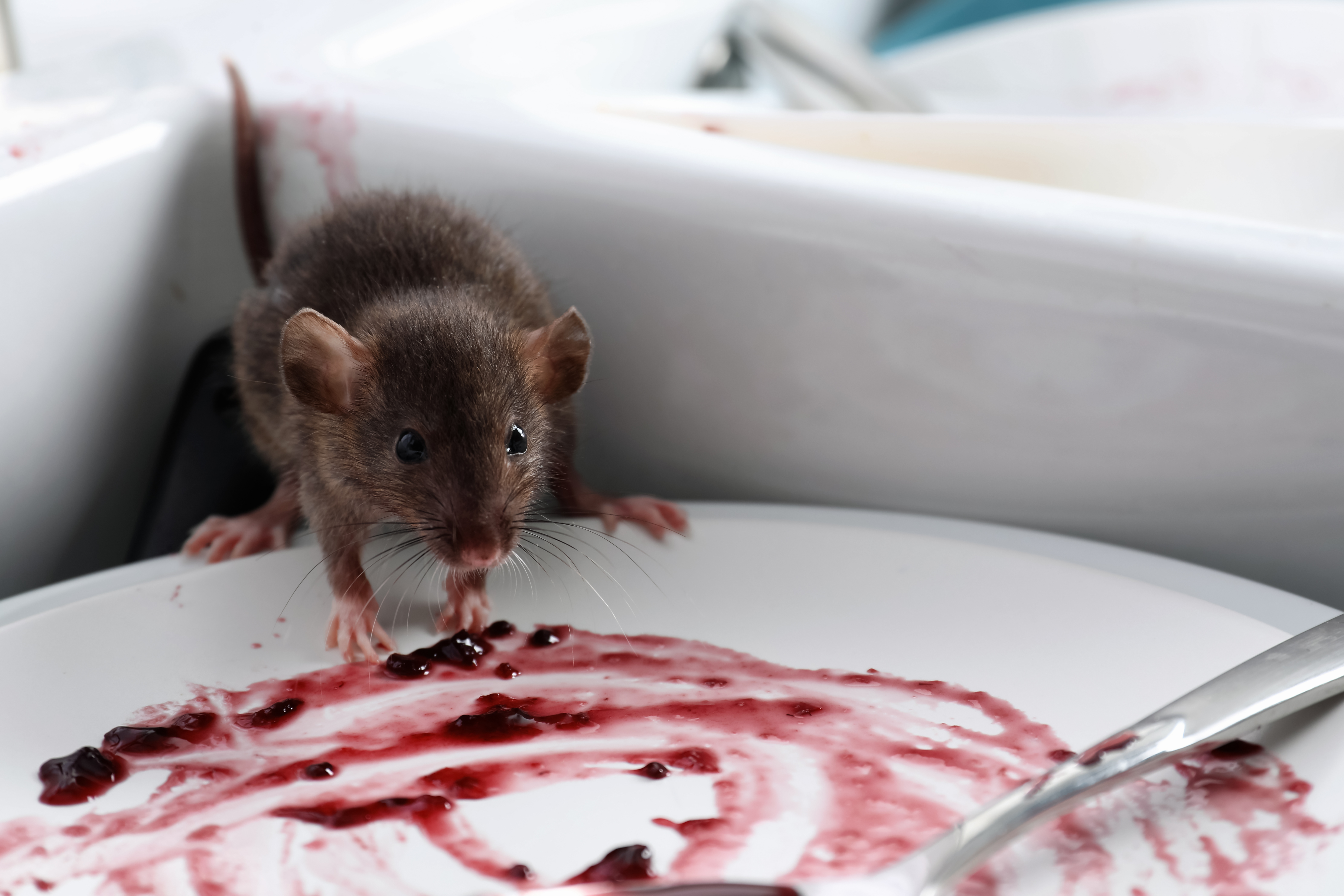Effective pest control can be completed by using a variety of different methods. In many cases, the best form of managing pest populations is done by changing lifestyles and pest control techniques, rather than through the application of chemicals. One of the methods used in integrated pest management (IPM), cultural control forms of pest control can create a profound —and safe— result for reducing pest infestations in buildings, homes, and public properties. Learn about the top five most effective forms of culture control and how a professional pest control company can best utilize them for you!
What is IPM pest control?
Integrated pest management (IPM) is a form of pest control that prioritizes a balance between reducing pest populations and maintaining environmental safety. Natural methods of managing pests are used and the overuse of harmful pesticides is avoided. Pest control specialists can use a variety of IPM techniques, including cultural control methods, in order to minimize damage to the nature surrounding the infestation.
Why IPM cultural control is effective
Cultural control methods of IPM pest control are highly effective due to their preventive nature. Instead of using highly damaging pesticides, which pests can build up a resistance to, and lower the efficacy of, pest control specialists can identify ways that a habitat can be altered or changed. These changes can then naturally reduce the pest population in the environment.
- Changing Planting Dates: Pests are highly active during certain timeframes and drawn to specific species of plants compared to others. By making changes to your property’s planting schedule, you can easily limit the presence of pests on your property. Some pests migrate from location to location in search of flowering plants; making sure that those plants don’t flower during the season pests come can ward away pest activity.
- Introducing Natural Predators: The presence of pests can be discouraged depending on the number of natural predators that live in the surrounding area. Predators vary by species, which is why it is essential that a professional accurately determine the species of pest before beginning a pest control service. Increasing the number of pest predators, therefore, decreases the number of pests in a safe, non-harmful way.
- Weed Management: Weeds can do more than just take up valuable space and nutrients from the soil —they also provide a habitat for a range of pests. Taking an active stance in managing weeds can lower the number of pests that are on your properties. Routinely mowing the lawn and maintaining the removal of pest-attracting weeds is essential; however, some weeds can help attract natural pest-eating predators, so talk with a professional about what weeds should stay and what should go.
- Plant Selection: The type of plants used in your organization’s landscaping can have a big impact on whether or not pests are repelled —or attracted. Depending upon the species of plant and pest, some plants act as resistant cultivars, driving pests away. Some plants might simply not be a good food source while others might contain a chemical that wards bugs and insects off. Work together with a professional to accurately determine which type of pests that can be repelled with plant selection.
- Trap Crops: Using trap crops combines cultural controls with chemical controls, another method of IPM pest control. By specifically planting a crop that attracts insects, then chemically treating only that location, the effectiveness of pesticides can be used safely. Using pesticides over entire properties can be severely damaging; however, a pest control specialist can balance a limited usage of chemicals to remove pests without harming the environment.
A truly professional pest control company prioritizes the long-term health of the environment when reducing pest populations —which is exactly why cultural controls are so effective and healthy.
If IPM methods of pest control seem too good to believe, check out this IPM case study proving just how powerful the results of IPM pest control can be for your organization!










Submit a Comment